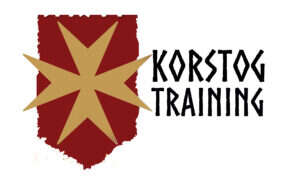February in Minnesota is often the most snowy month as well as the month with the most fluctuations in temperature, this equates to ice hidden under snow. We start seeing a significant number of falls during this time of year, often in our elderly population who are more susceptible to serious injury but we are also seeing a larger number of children with head injuries because in most children the head is heavier and causes it to hit the ground first. Most times there is no serious injury and the child gets up and runs off to catch up with their friends, but what signs and symptoms should we be looking for in a child with a head injury.
Large bumps and deep lacerations are the most visual elements, and frequently not the best guide to whether this situation requires emergent intervention or not. When the child presents with a physical head injury we must access the child effectively.
First we must access level of consciousness, does the child remember the incident, do they know where they are, what day it is, what year, and who you might be. If the child is unsure or seems confused call for EMS to respond or activate your emergency response team.
next we must begin our physical assessment, palpate the head, neck and back, we are looking for painful areas, irregular areas that could indicate fracture, and any other injuries and address any life threatening injuries
Reassess the child’s physical condition are they:
nauseous
lethargic or hyperactive?
are they having memory issues?
do they appear to understand what has happened?
When they lay down do their eyes move upward into the head like a dolls eyes?
If any injury is found to the head, neck, or torso EMS should be called, if the child exhibits any of the previously named symptoms, contact EMS and have the child transported to an appropriate level of care.

